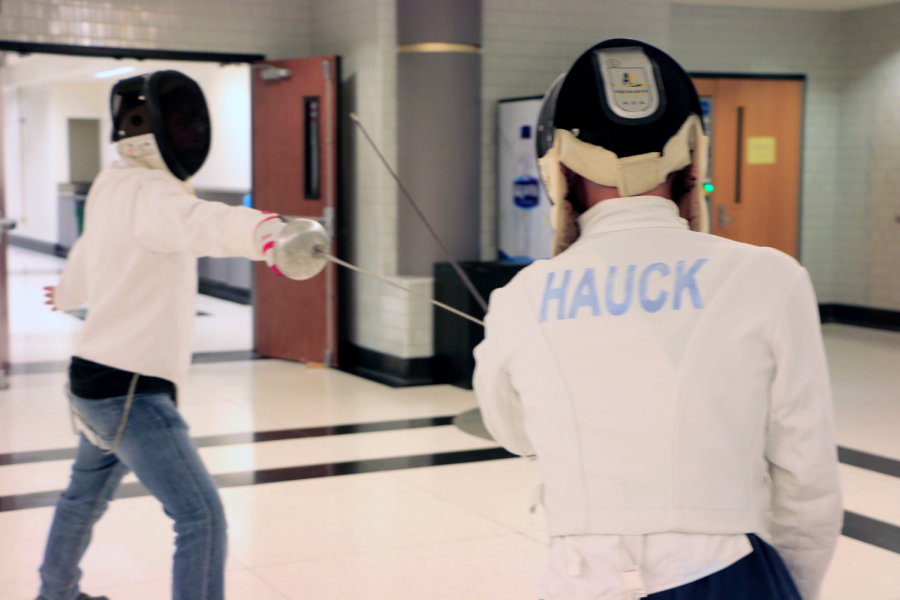Joseph Broman, Fencing club sponsor
 Why should someone join Fencing club?
Why should someone join Fencing club?
It doesn’t hurt to try. We have all the appropriate safety equipment and we might even let you hit me. I’ve done it a bit before, I’ve put on the masks before—they’re steel and coated in bullet-resistant material. (During club meetings), I’ve often put on a helmet and let them hit me and it just feels really good to just hit somebody. Even the jackets have a lot of layers and it doesn’t hurt as much as you think, just try it. You can find out if you like it really quickly.
What are your plans for Fencing club this year?
I think if I was gonna set some goals, not that I have yet, but I’d love to do a fundraiser. I think it would be great for the club to buy its own equipment, or for individual people to raise money through fundraising. So that we’re not so beholden to Indianapolis Fencing Club where we borrow the equipment from. I think it’d be a really good start.
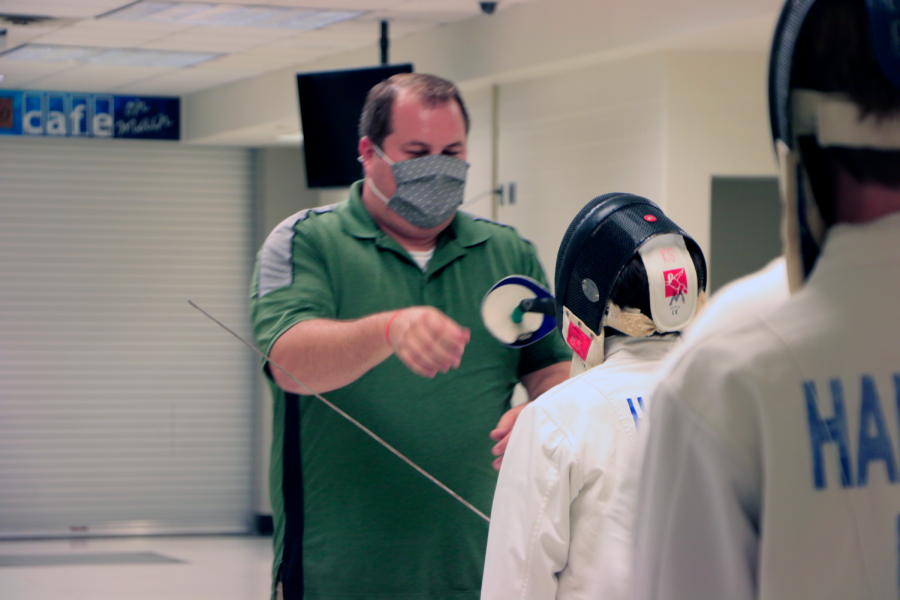
Why do you think it is important to learn Fencing?
It’s different. You can’t say there are a lot of other activities like this, so I think it’s important for people to try different things. (Fencing) focuses on different kinds of hand-eye coordination, foot coordination, dexterity and balance so it’s just something great to learn.
Olivia Stock, Fencing club president and junior

What is the general layout of the club?
First, we do about 5-10 minutes of just warm-up footwork. We might go over some new concepts but mostly just warm up. And then the next 20 to 30 minutes is blade work where I go over a new pairing or we talk about counter attacks. And then the last 15 minutes is free fencing.
What is something that fencing has taught you?
If you’re doing fencing more competitively, so not necessarily in the scope of this club, there are a lot of failures. Especially when you first start. Very rarely have I met anybody who gets a single touch in their first tournament, so I think something important I learned is just how to take that failure and do something productive with it.
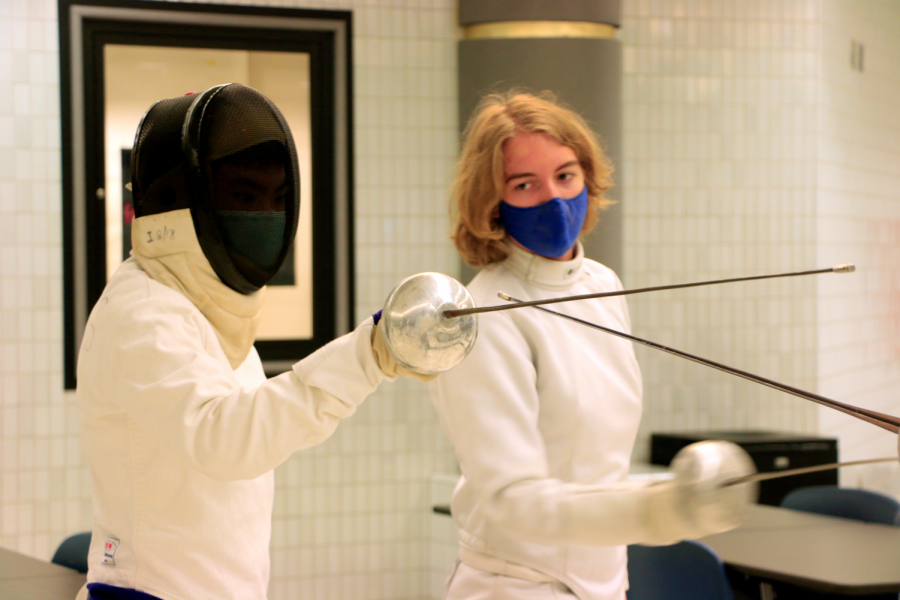













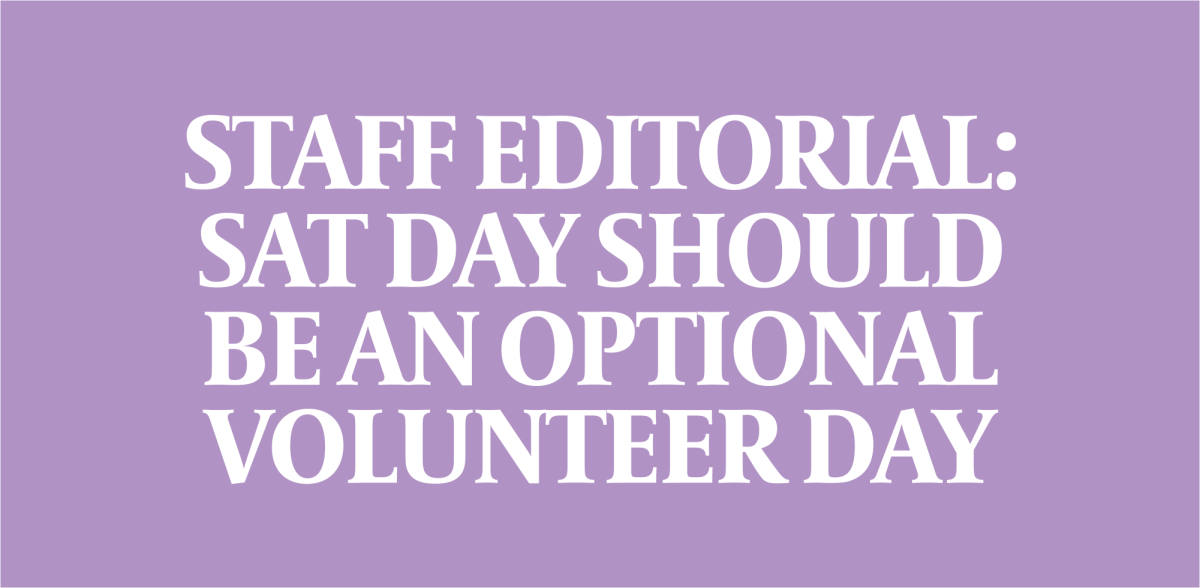



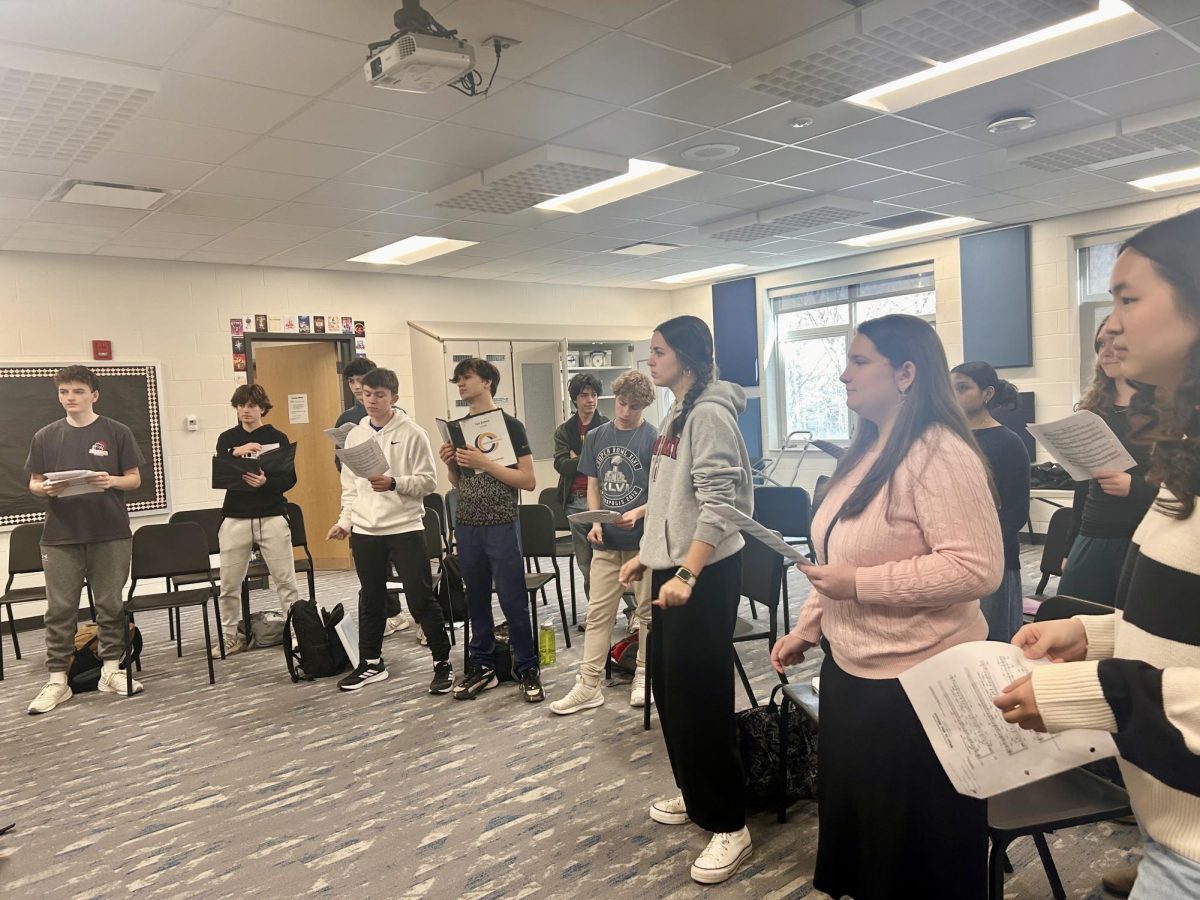

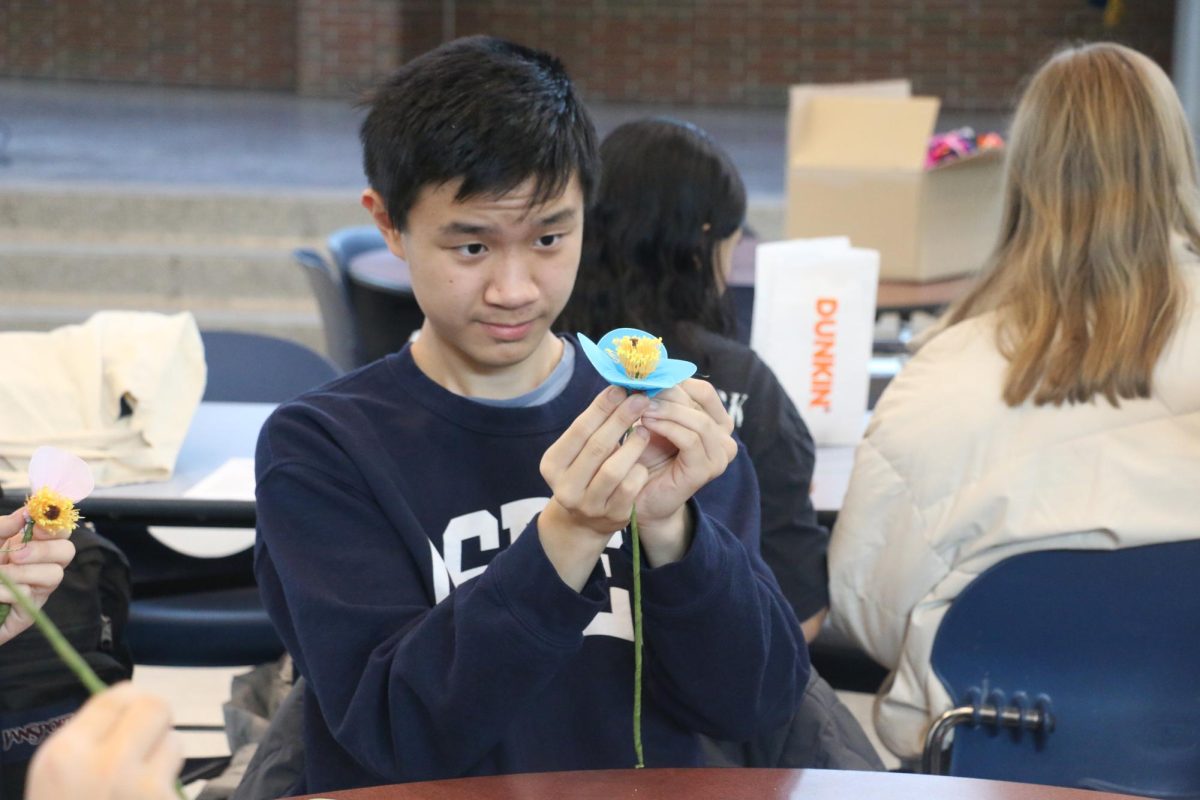

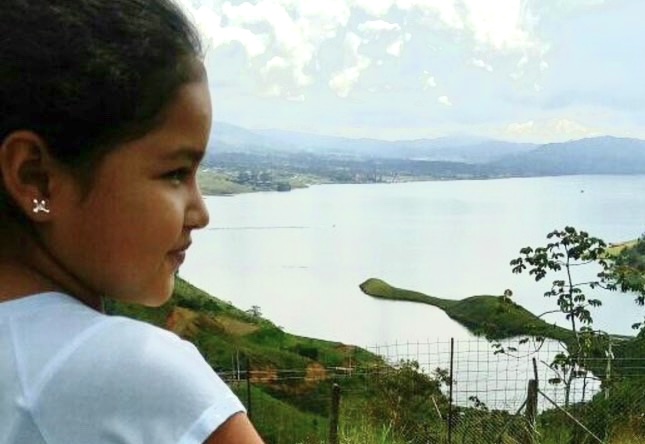


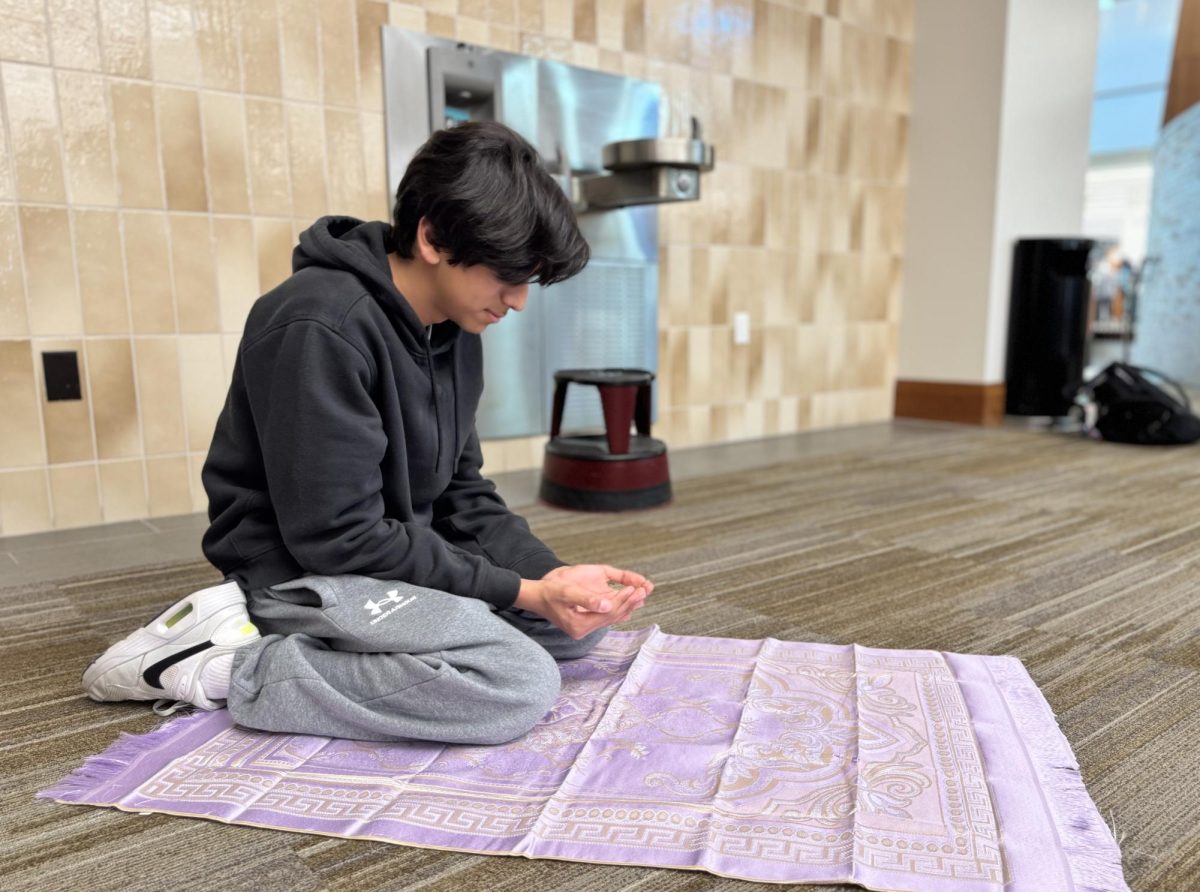


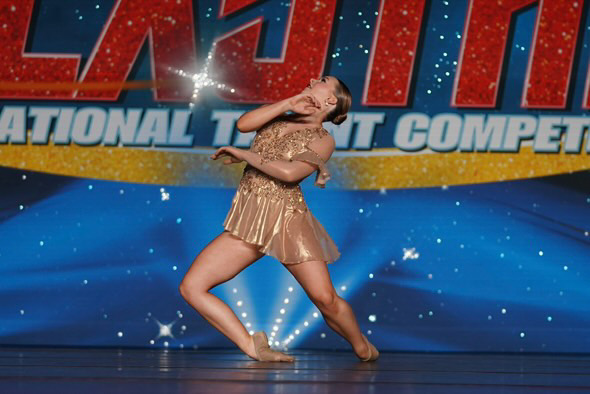
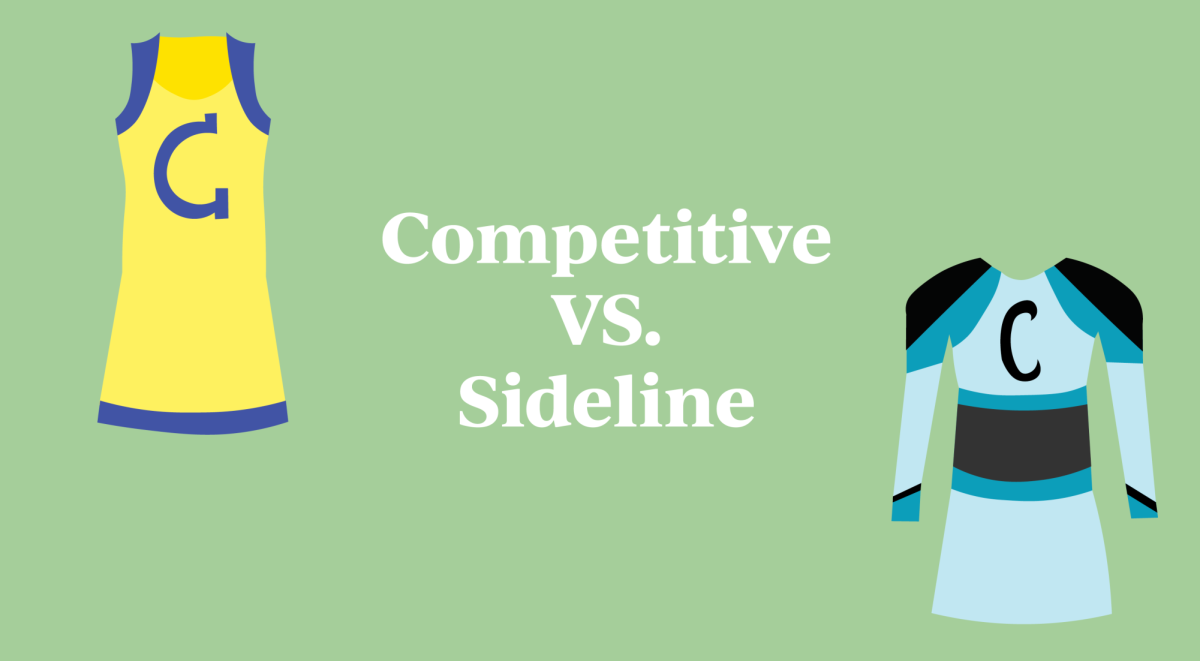

![AI in films like "The Brutalist" is convenient, but shouldn’t take priority [opinion]](https://hilite.org/wp-content/uploads/2025/02/catherine-cover-1200x471.jpg)




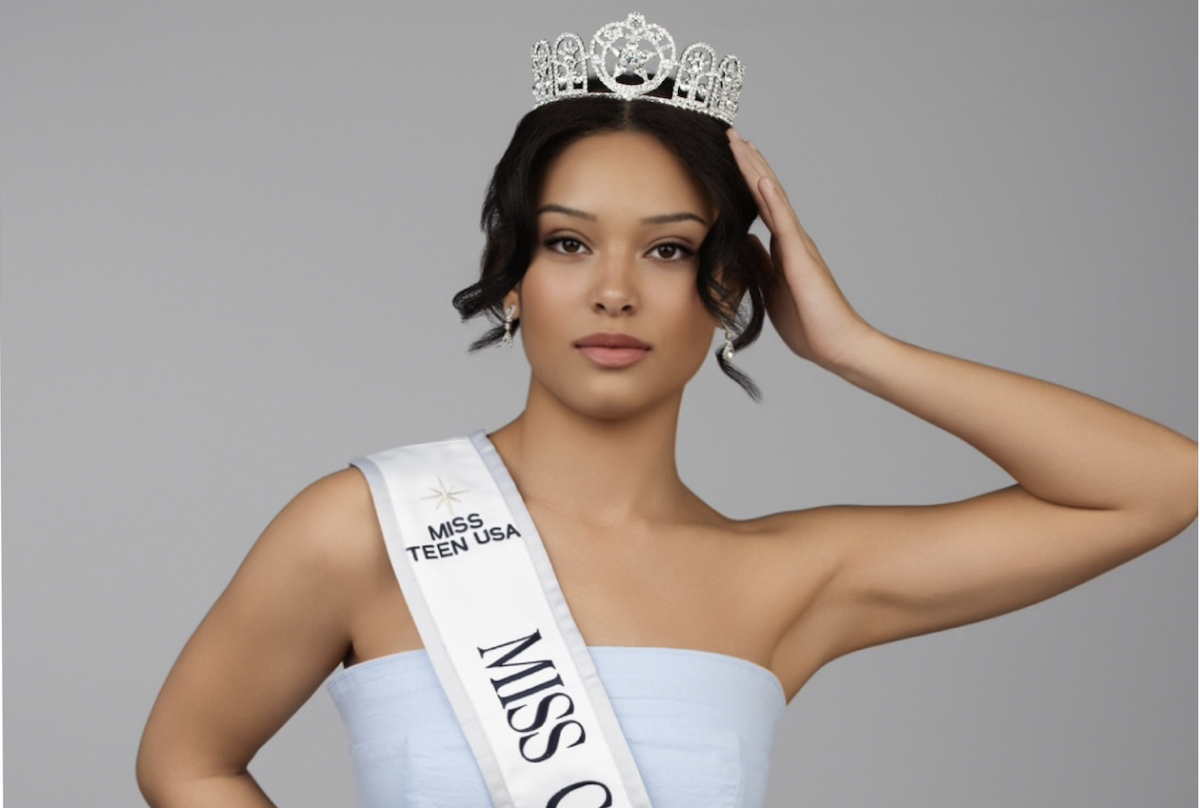
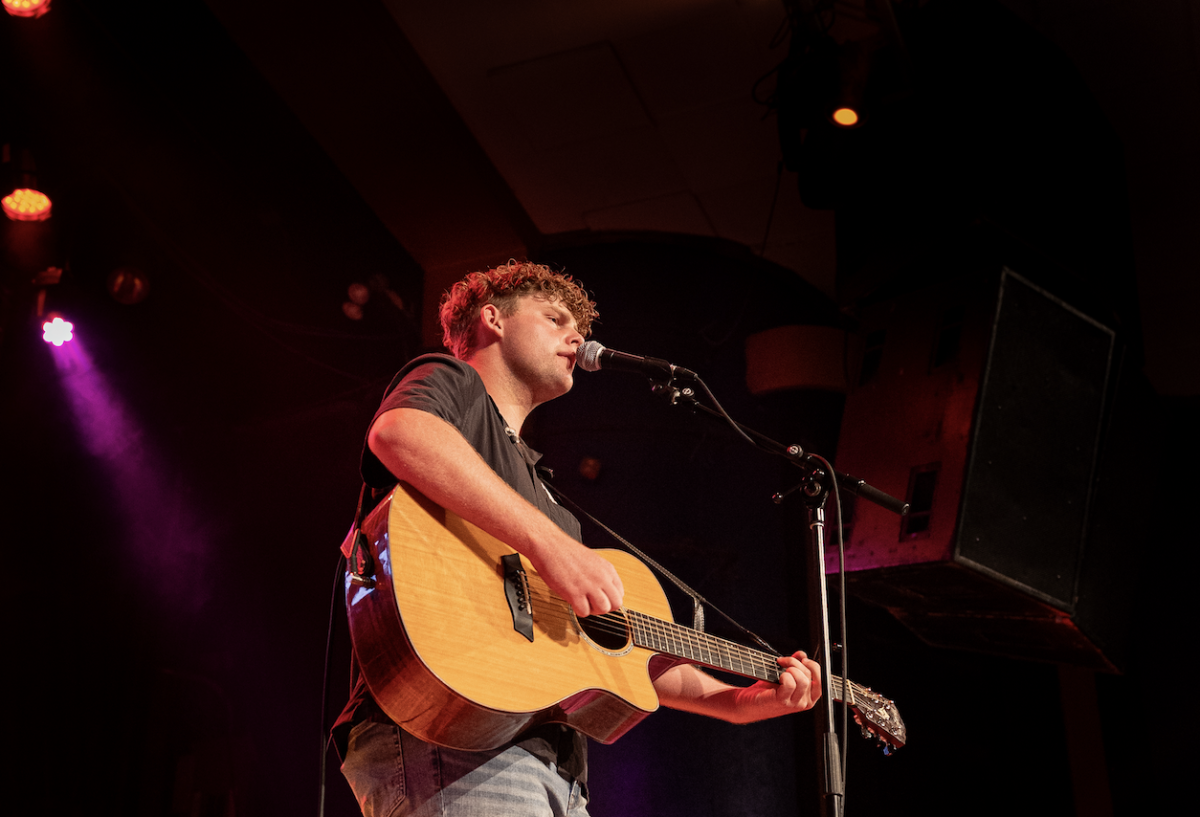




























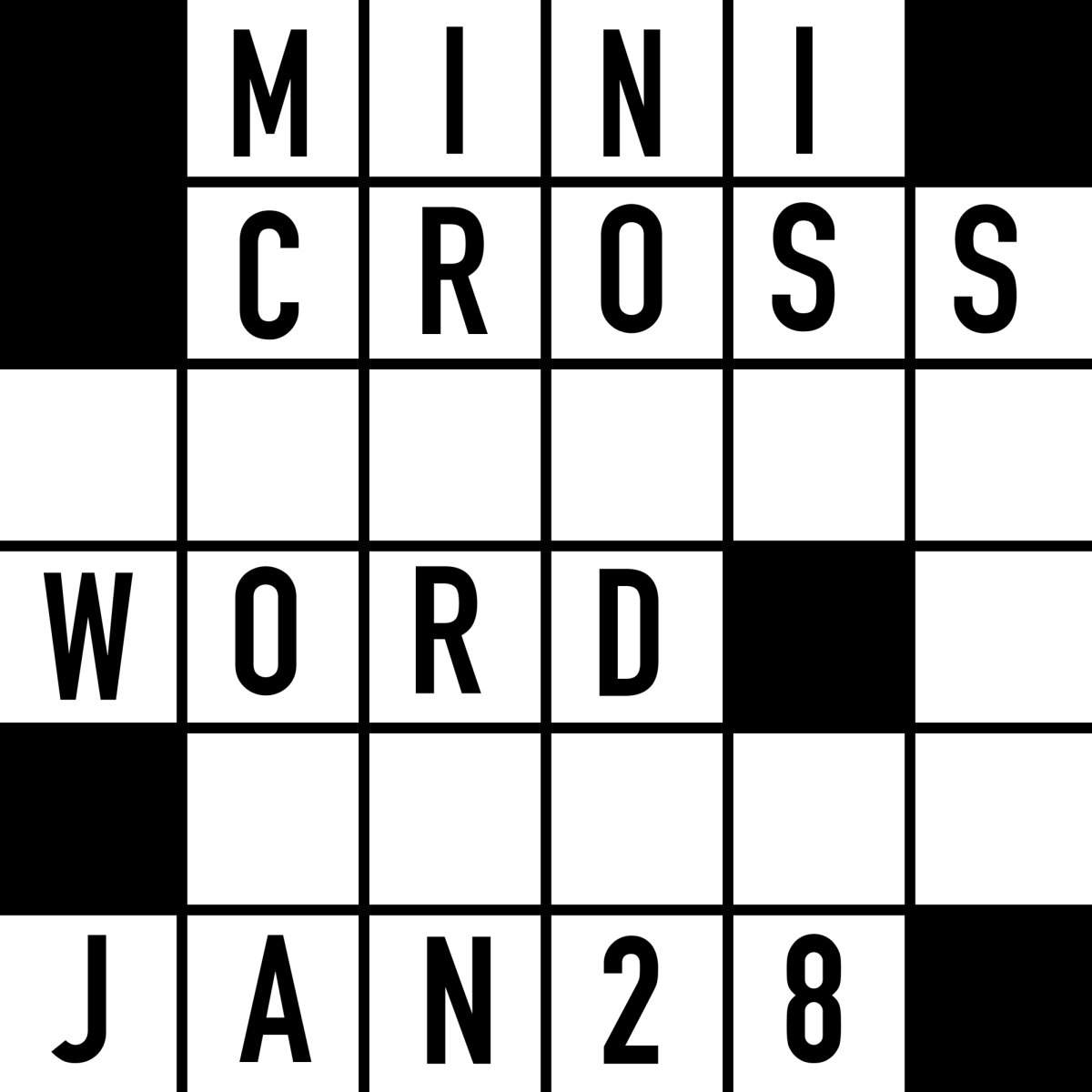
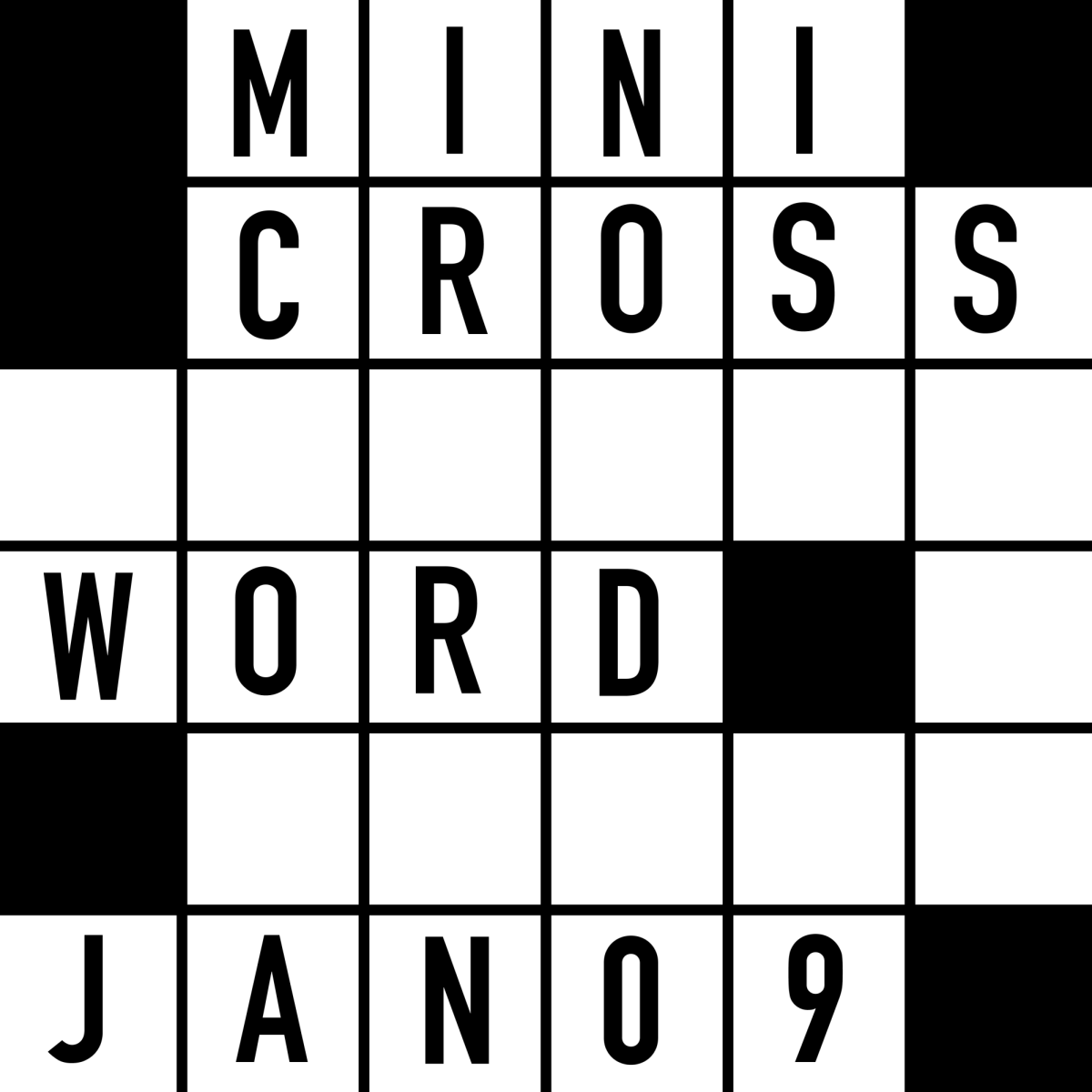









![Review: “The Immortal Soul Salvage Yard:” A criminally underrated poetry collection [MUSE]](https://hilite.org/wp-content/uploads/2025/03/71cju6TvqmL._AC_UF10001000_QL80_.jpg)
![Review: "Dog Man" is Unapologetically Chaotic [MUSE]](https://hilite.org/wp-content/uploads/2025/03/dogman-1200x700.jpg)
![Review: "Ne Zha 2": The WeChat family reunion I didn’t know I needed [MUSE]](https://hilite.org/wp-content/uploads/2025/03/unnamed-4.png)
![Review: Few biopics succeed, but “Better Man” does [MUSE]](https://hilite.org/wp-content/uploads/2025/02/MV5BODU1NmRkZWUtOTY5NS00MjQwLTk4NGYtYTEzOTRkNWI3NzYxXkEyXkFqcGc@._V1_-960x1200.jpg)
![Review in Print: Maripaz Villar brings a delightfully unique style to the world of WEBTOON [MUSE]](https://hilite.org/wp-content/uploads/2023/12/maripazcover-1200x960.jpg)
![Review: “The Sword of Kaigen” is a masterpiece [MUSE]](https://hilite.org/wp-content/uploads/2023/11/Screenshot-2023-11-26-201051.png)
![Review: Gateron Oil Kings, great linear switches, okay price [MUSE]](https://hilite.org/wp-content/uploads/2023/11/Screenshot-2023-11-26-200553.png)
![Review: “A Haunting in Venice” is a significant improvement from other Agatha Christie adaptations [MUSE]](https://hilite.org/wp-content/uploads/2023/11/e7ee2938a6d422669771bce6d8088521.jpg)
![Review: A Thanksgiving story from elementary school, still just as interesting [MUSE]](https://hilite.org/wp-content/uploads/2023/11/Screenshot-2023-11-26-195514-987x1200.png)
![Review: "When I Fly Towards You", cute, uplifting youth drama [MUSE]](https://hilite.org/wp-content/uploads/2023/09/When-I-Fly-Towards-You-Chinese-drama.png)
![Postcards from Muse: Hawaii Travel Diary [MUSE]](https://hilite.org/wp-content/uploads/2023/09/My-project-1-1200x1200.jpg)
![Review: "Ladybug & Cat Noir: The Movie," departure from original show [MUSE]](https://hilite.org/wp-content/uploads/2023/09/Ladybug__Cat_Noir_-_The_Movie_poster.jpg)
![Review in Print: "Hidden Love" is the cute, uplifting drama everyone needs [MUSE]](https://hilite.org/wp-content/uploads/2023/09/hiddenlovecover-e1693597208225-1030x1200.png)
![Review in Print: "Heartstopper" is the heartwarming queer romance we all need [MUSE]](https://hilite.org/wp-content/uploads/2023/08/museheartstoppercover-1200x654.png)


